The Screaming Hairy Armadillo is a book whose title will grab mid-elementary school through middle school readers by their nape and drag them in. It won’t be an unwilling situation at all. Most young readers will see the animals drawn on the cover, read, or make out ‘screaming hairy armadillo’ and be curious. Those critter readers will jump right into the book and read about 77 seriously strange animals that they’ll probably never see.
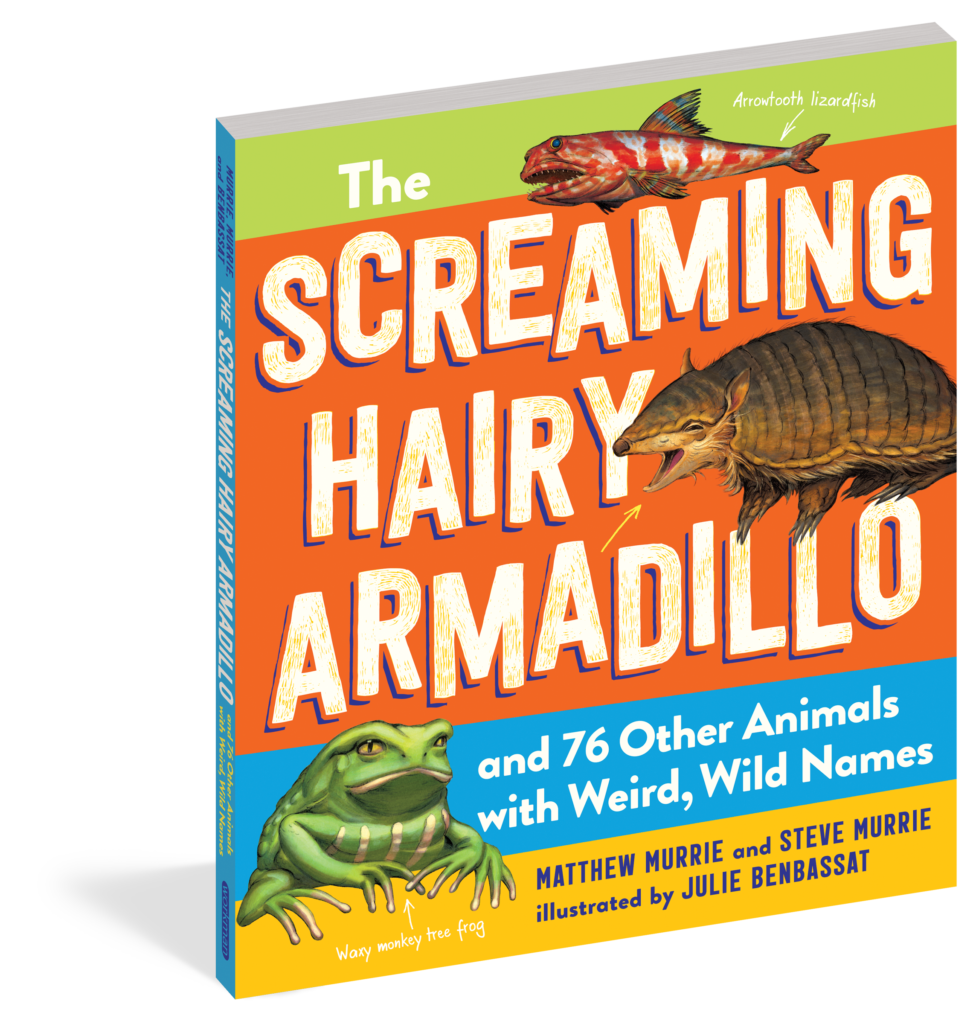
In some cases that’s a good thing. For example, the honey badger is a pretty enough critter. It’s got long nails like a sloth and crawls a couple of inches off of the ground. They resemble an inverse skunk to a degree because of the large white stripe on their back. They have really poor eyesight, but they’re also incredibly vicious. Thankfully, they’re mean to other animals who are trying to eat them. Similarly to its white-striped friend, the ratel also has stink glands at the bottom of its tail. The two pages that cover the honey badger have a large illustration, as well as a photograph of it and a ‘trading card’ style breakdown of its species, habitat, and traits.
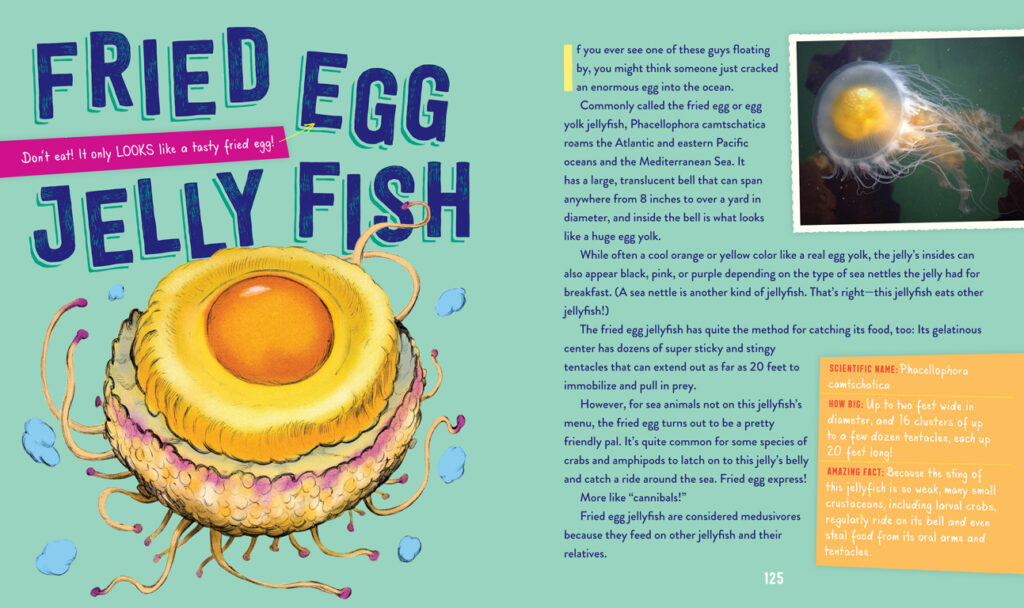
The contents of The Screaming Hairy Armadillo are broken up into five chapters that include Funny Names, Magical Names, Fierce Names, Delicious Names, and Just Plain Weird Names. The end of the book also has notes on further reading, conservation, the authors, photo credits, and animal discovery.
The elephant in the room with The Screaming Hairy Armadillo is Nat Geo. Their books have set a certain standard when it comes to nature/education/entertainment for elementary through middle school audiences. On that scale, the book measures up for the most part and exceeds those books on one level.
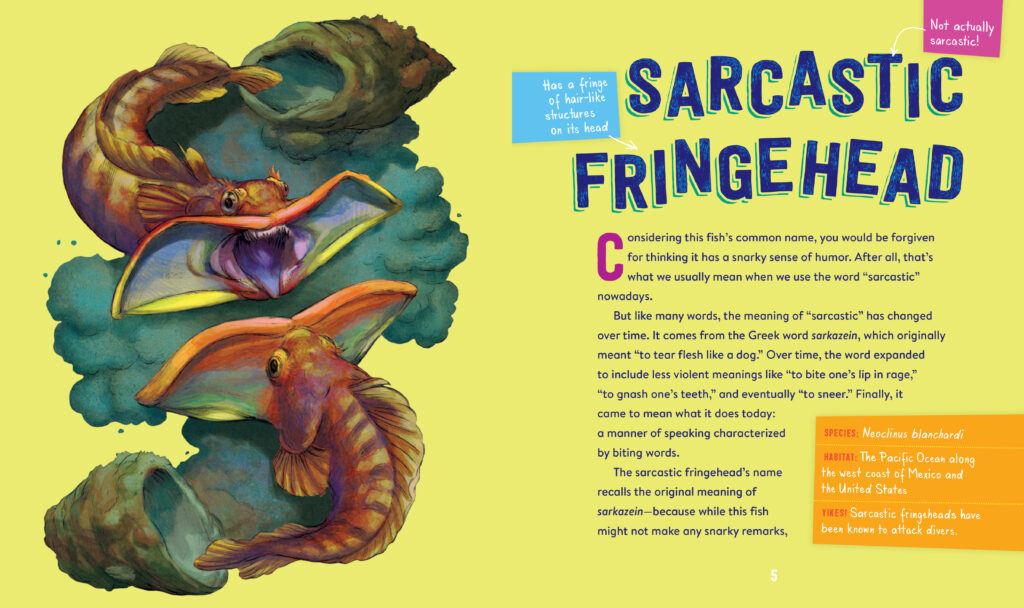
Those younger readers will immediately recognize that the text is just a hair simpler for them to read. Our nine-year-old is the perfect example of this. He’s a reluctant reader who came to the game late due to working through some issues with apraxia. Now he’s an almost on-level third-grade reader. The text in The Screaming Hairy Armadillo is on par for him to read most of the words without any assistance. The only examples of words that he’s unable to read are some of the scientific ones like caruncle, crustaceans, piscivorous (fish-eating), or symbiotic.
If your reader is coming to this book and used to Nat Geo then they might be put off by the number of illustrations. All of the animals in the book have an illustration that accompanies them, while most of them have a photograph. The illustrations are great, but if your ‘reader’ is only coming to books like these for the photos then they’ll tire of this book quickly.
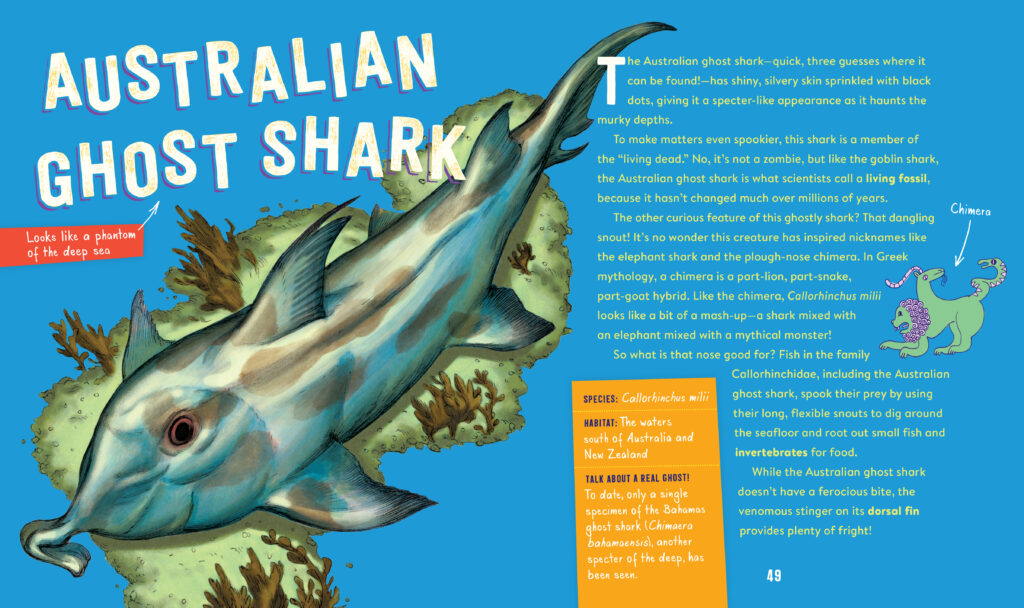
The Screaming Hairy Armadillo also spends more time with each animal. We read about two pages on each animal that describes what they eat, where they live, any special physical traits they have, or any odd trivia. The result of this is that kids might read one profile and call it a night, but also might dive into another one. They’re short enough to where young readers don’t feel committed to spending too much time with the book. They’re also long enough to enable those ages to get information for a short science or nature studies paper.
The Screaming Hairy Armadillo is by Matthew Murrie and Steve Murrie with illustrations by Julie Benbassat and on Workman Publishing.
There are affiliate links in this post.

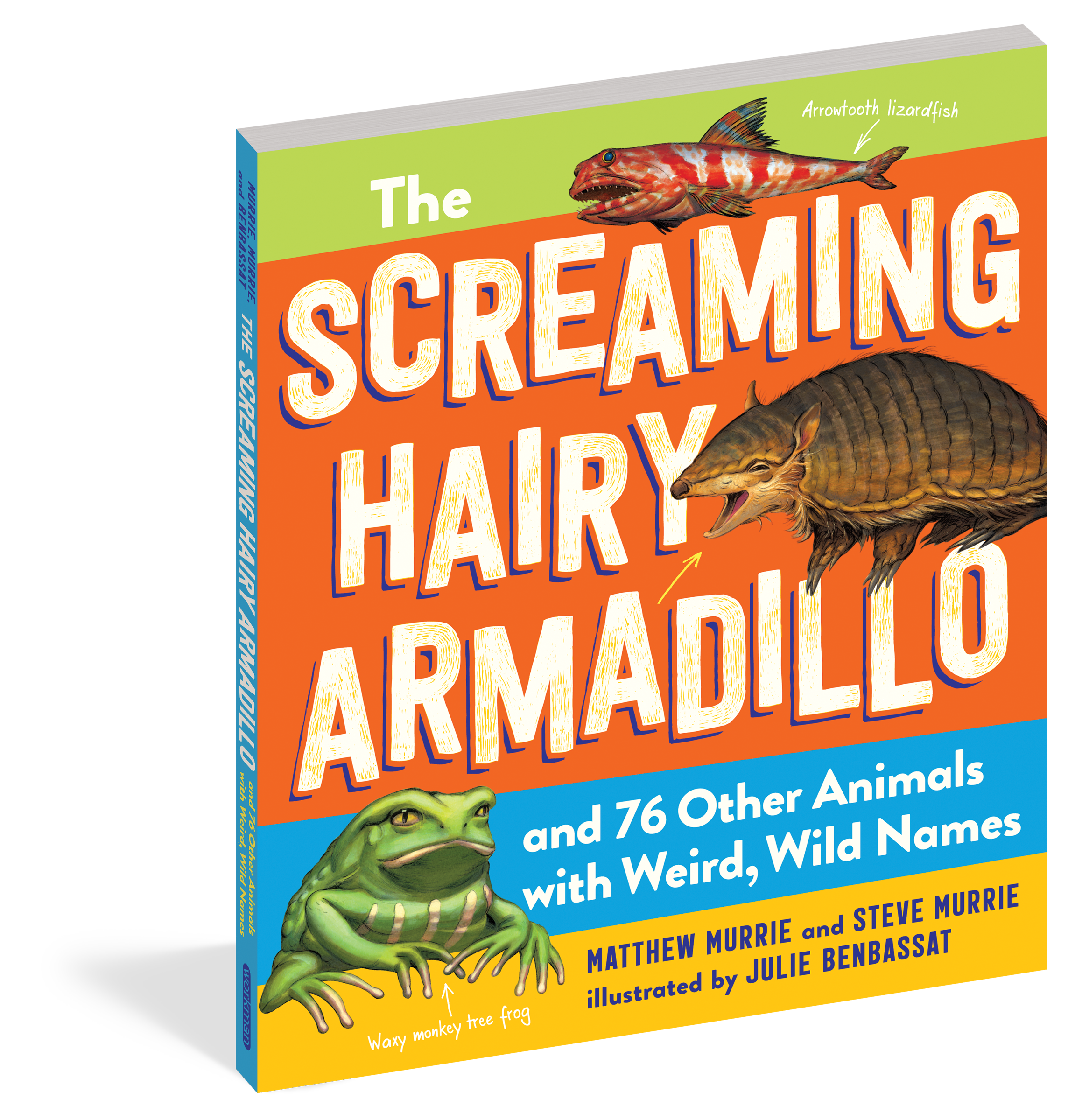



 Facebook
Facebook Twitter
Twitter Flickr
Flickr GooglePlus
GooglePlus Youtube
Youtube